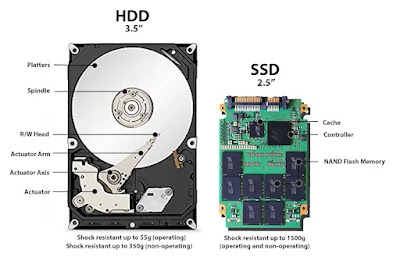 |
| (Source: Youtube) |
If you're a nostalgic computer enthusiast or simply prefer the familiar interface of older Windows versions, there's no need to switch to Linux just yet. Running legacy operating systems like Windows XP, Vista, or 7 on retro hardware can be a perfectly viable option, provided you take the necessary precautions.
Preserving the Nostalgic Experience
For many retro computing fans, the appeal of older Windows versions lies in the nostalgic experience they provide. The classic start menus, iconic UI elements, and overall aesthetic of Windows XP or Vista can transport you back to a simpler time when computing was less complicated. Embracing this nostalgia is a big part of the retro computing hobby, and Linux, while highly capable, may not quite capture the same essence.
Compatibility with Legacy Software and Games
Another significant advantage of sticking with older Windows installations is compatibility with legacy software and games. Many older applications and titles were designed specifically for Windows XP or Vista and may not run properly or at all on more modern operating systems or Linux distributions. By keeping your retro PC on its original OS, you can ensure seamless compatibility with your favorite classic programs and games.
Safe Computing with Cautions
While it's true that older Windows versions are no longer officially supported by Microsoft, this doesn't necessarily mean they're inherently unsafe to use. With proper precautions and a reliable antivirus solution, you can mitigate many of the potential security risks associated with running an unsupported OS.
Limit your retro PC's internet exposure, keep your antivirus definitions up-to-date, and exercise caution when downloading or installing any new software. Additionally, disabling unnecessary services and applying any available security patches can further enhance the safety of your retro computing experience.
Community Support and Resources
Despite being legacy operating systems, Windows XP, Vista, and 7 still have active online communities dedicated to their preservation and continued use. These communities offer valuable resources, such as guides, tweaks, and even unofficial security updates, ensuring your retro computing journey remains enjoyable and secure.
Embrace the Retro Hobbies
Ultimately, the decision to keep your retro PC running an older Windows version comes down to personal preference and a willingness to embrace the retro computing spirit fully. While Linux distributions offer modern features and security, they may not provide the authentic nostalgic experience that many retro enthusiasts crave.
If you approach retro computing with caution, keeping your system secure with antivirus software and limiting its exposure to potential threats, there's no reason why you can't continue enjoying the classic Windows experience on your beloved retro hardware.









